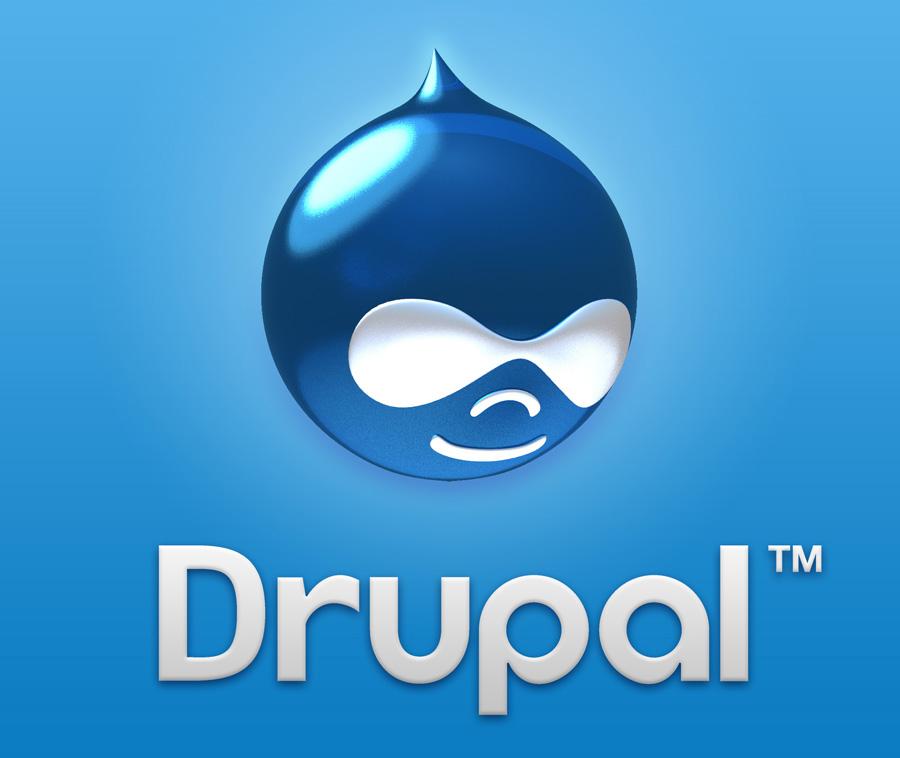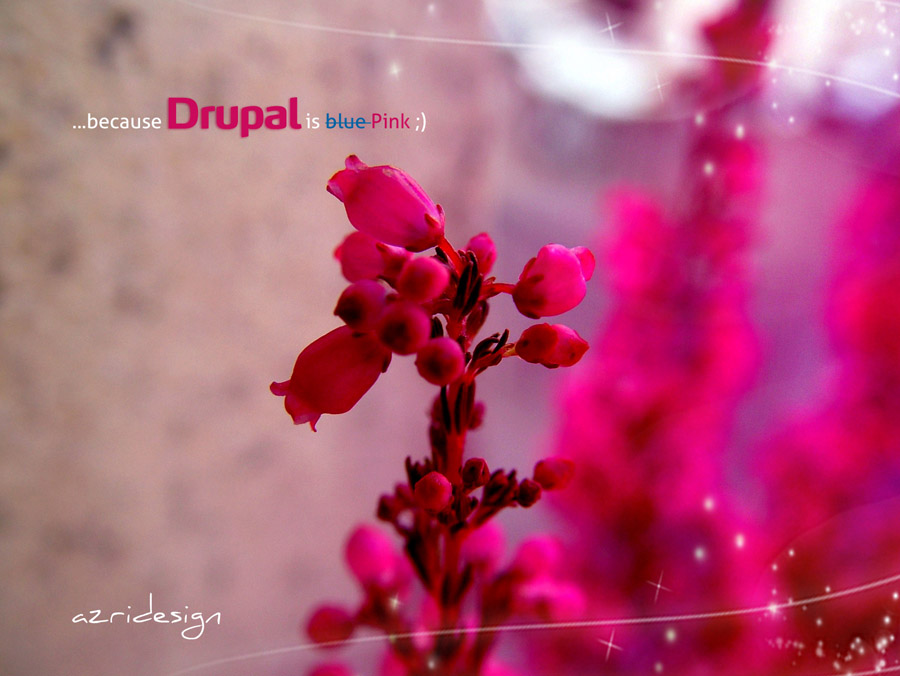What is Drupal CMS?

Drupal is used to build web sites. It's a highly modular, open source web content management framework with an emphasis on collaboration. It is extensible, standards-compliant, and strives for clean code and a small footprint. Drupal ships with basic core functionality, and additional functionality is gained by the installation of modules. Drupal is designed to be customized, but customization is done by overriding the core or by adding modules, not by modifying the code in the core. It also successfully separates content management from content presentation.
Drupal can be used to build an Internet portal; a personal, departmental, or corporate web site; an e-commerce site; a resource directory; an online newspaper; a social networking site; an image gallery; an intranet, and virtually any other type of website that you can imagine creating.
A dedicated security team strives to keep Drupal secure by responding to threats and issuing security updates. A non-profit organization called the Drupal Association supports Drupal by improving the drupal.org web site infrastructure and organizing Drupal conferences and events. And a thriving online community of users, site administrators, designers, and web developers work hard to continually improve the software.
Drupal Core
A lightweight framework makes up the Drupal core. This is what you get when you download Drupal. The core is responsible for providing the basic functionality that will be used to support other parts of the system.
The core includes code that allows the Drupal system to bootstrap when it receives a request, a library of common functions frequently used with Drupal, and modules that provide basic functionality like user management, taxonomy, and templating.
Drupal Modules
Drupal is a truly modular framework. Functionality is included in modules, which can be enabled or disabled (some required modules cannot be disabled). Features are added to a Drupal web site by enabling existing modules, installing modules written by members of the Drupal community, or writing new modules. In this way, web sites that do not need certain features can run lean and mean, while those that need more can add as much functionality as desired.
Modules can extend Drupal by adding new content types such as recipes, blog posts, or files, and behaviors such as e-mail notification, peer-to-peer publishing, and aggregation. Drupal makes use of the inversion of control design pattern, in which modular functionality is called by the framework at the appropriate time. These opportunities for modules to do their thing are called hooks.
What is open-source technology?
It means that the source code is released for customization. It is also most often free. So, it does not make us depend on any one company and is economical. Therefore we heart Drupal. It is one of the top Content Management System (CMS) or Content Management Framework (CMF) out there.
And what is DrupalMa (now Drupal Princess)?
DrupalMa (now Drupal Princess) is a Drupal web gallery showcasing the best of Drupal website design - websites designed and built on the Drupal Content Management System. Thus, you can see the elegance of Drupal and feed your mind to get the inspiration to start your next project based on Drupal of course!

To learn more about Drupal:
